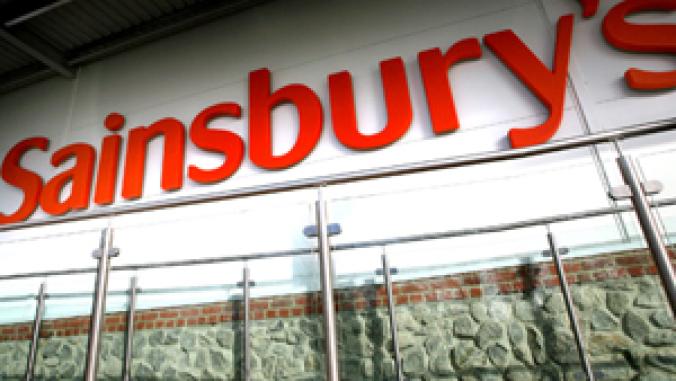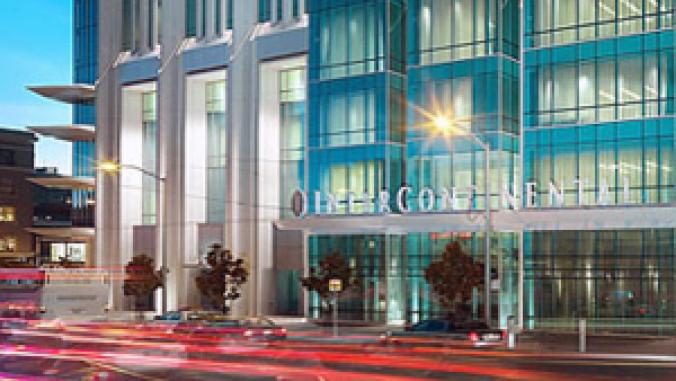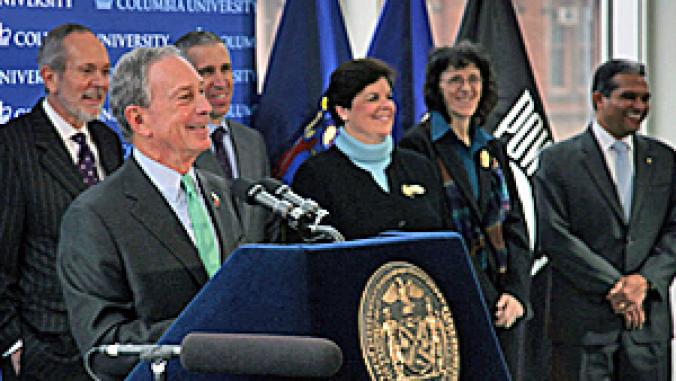Leading Building Owners, Tenants Join Forces to Push Green Leasing
<p>BofA, Deutsche Bank, JPMorgan Chase, Jones Lang LaSalle's investment arm and Whirlpool Corporation are among the leading building owners, investment advisory firms and corporate tenants who are now allies in a campaign to make commercial office space more sustainable through green leasing.</p>

A group of leading building owners, investment advisory firms and corporate tenants have become allies in a campaign to make commercial office space more sustainable by breaking down the barriers to green leasing.
Bank of America, Beacon Capital Partners, Deutsche Bank and its real estate investment manage arm RREEF, JPMorgan Chase, Jones Lang LaSalle's investment arm, LaSalle Investment Management, and Whirlpool Corporation are among the first to enlist in the effort.
In doing so, the participants made a commitment to the Green Lease Action Plan and its guiding principles -- and pledge to apply the concepts to properties they own, manage or occupy.
The action plan and its early adopters, who collectively own or occupy more than 350 million square feet of office space, were announced this week. The effort was launched in association with the Greenprint Foundation, an international group of real estate owners, investors and financial institutions committed to reducing carbon emissions.
Buildings account for almost 40 percent of energy use and carbon emissions in the U.S. and many other countries. Making those structures more efficient would greatly reduce energy consumption, emissions and related costs, say green building advocates, who point to existing structures -- commercial buildings in particular -- as the best targets for improvement. In the U.S., for example, there are 74 billion square feet of non-residential space.
Energy use and associated greenhouse gas emissions could be cut by as much as 40 percent in many commercial buildings without negative effects on tenant comfort, according to commercial real estate services firm Jones Lang LaSalle, which is facilitating the Green Lease Action Plan. However, landlords and tenants are often disinclined to invest in the improvements that make the sharp reductions possible.
"The efficient use of energy and other resources in buildings requires joint action from property owners and occupiers, but there are disincentives that often prevent the two sides from investing in the necessary capital improvements," said Michael Jordan, senior vice president of sustainability strategy at Jones Lang LaSalle, in a statement.
Although studies have shown that market values are higher and vacancies and costs are lower in green commercial buildings, landlords often see the upfront investments and long-payback periods for energy and other efficiency projects as outweighing increased market value. Obtaining financing for green upgrades can be challenging. And tenants, though they derive the benefit of lower utility costs and other advantages, have a tough time making a case for improvements to office space for which they have no long-term vested interest.
The Green Lease Action Plan and its supporters are trying to create "win-win scenarios economically and environmentally" for building owners and tenants, said Greenprint Foundation CEO Charles B. Leitner III.
Several efforts are underway to help green leasing gain traction:
In 2008, BOMA International, the industry association of building owners and managers, issued its green lease guide.
The Real Property Association of Canada developed its REALpac Green Office Lease in 2008 as well. The most recent version of that document and the association's Green Lease Guide for Commercial Office Tenants were released earlier this year.
The California Sustainability Alliance released version 2.0 of its Green Leases Toolkit for landlords and tenants last summer.
Jones Lang LaSalle, whose array of offerings include energy and sustainability services, has compiled a Green Office Toolkit that includes information on what to look for and what to avoid in green leasing.
Industry observers as well as industry insiders have provided looks at how green leases work, their benefits and their challenges. And a recent survey noted that while green leasing is on the rise, it continues to be a broad field of opportunity. While 30 percent of those surveyed said they or some of their clients have green leases, more than 75 percent of those reporting green lease activity said that less than a quarter of all their leases are green, according to the research by Allen Matkins, Constructive Technologies Group and the Green Building Insider.
The supporters of the initiative announced this week say that the green leasing movement needs a big boost to take hold. "We're inviting organizations to join us in addressing these energy and environmental challenges, to create business value for owners and occupiers alike," said Jordan.
The three guiding principles of the initiative are:
- Landlords and tenants should agree to operate the buildings as sustainably as is commercially feasible.
- The value of energy savings achieved through building efficiency improvements should be available to pay for the improvements.
- To the extent feasible, usage and demand for resources throughout the buildings should be measurable and transparent to both landlords and tenants.
In committing to the principles, participants agree to:
- Establish green lease principles to influence owner/occupier agreements and act on these principles across the portfolio over time.
- Require leasing agents who work on behalf of participating organizations to complete a basic orientation about sustainability, green lease principles, and ways to resolve barriers to sustainability in leases.
- Establish/adopt green site selection criteria for tenants and consider these criteria for new space acquisition.
- Establish a standard for landlords to communicate key energy and environmental ratings to tenants and to prospective tenants and deploy this process at 50 percent of their properties within three years.
Image CC licensed by Flickr user cristoffercrusell.




